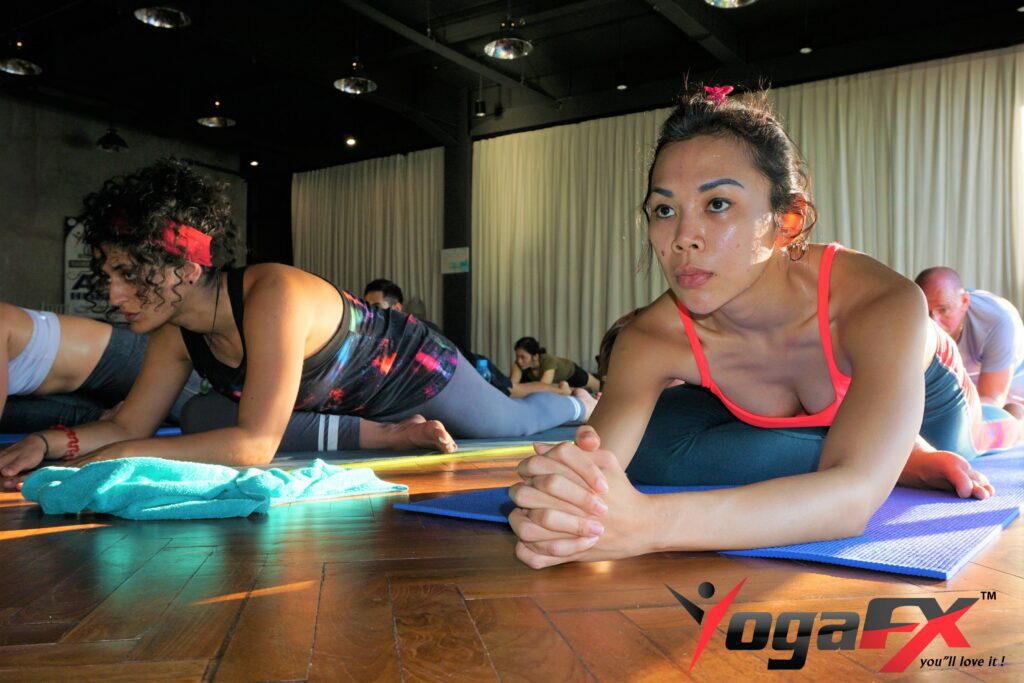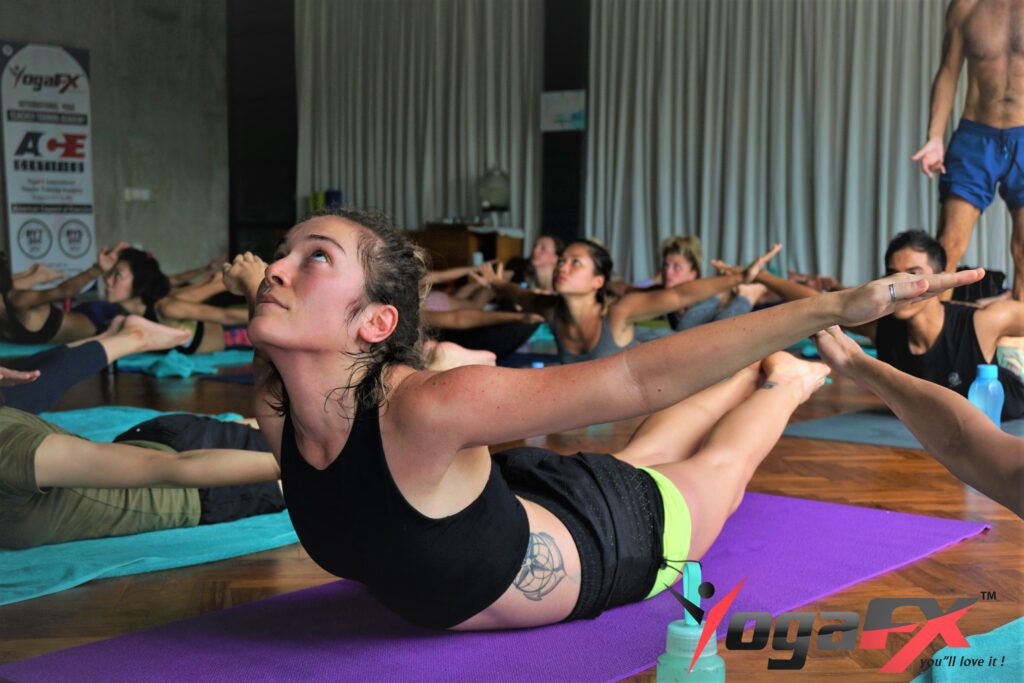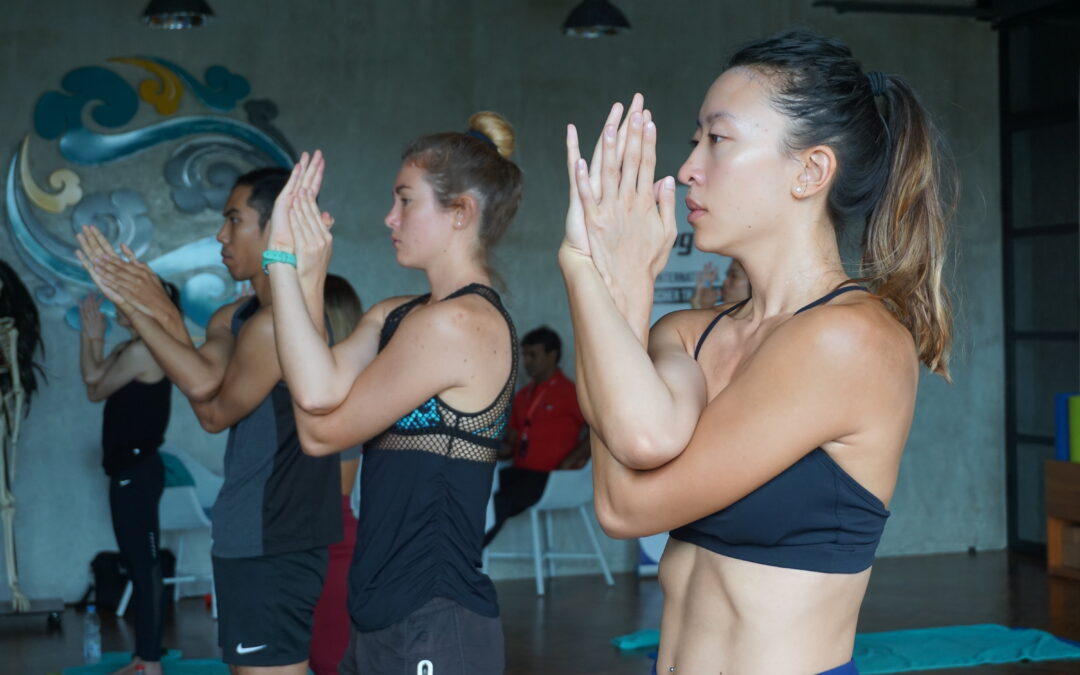When it comes to practicing yoga, the temperature of the environment plays a significant role in our overall experience. The concept of yoga temperature refers to the ideal balance between warmth and coolness that can enhance the physical, mental, and spiritual aspects of our practice. Finding the right temperature for your yoga sessions can greatly impact your comfort, flexibility, and ability to delve deeper into the practice. In this article, we will explore the importance of yoga temperature, the potential benefits of practicing in different climates, and how to create an optimal environment to support your yoga journey.

The Significance of Yoga Temperature
Yoga temperature is more than just a matter of personal preference. The temperature of the practice space can directly influence the body, mind, and spirit. When the temperature is warmer, such as in hot yoga or 26 and 2 yoga (commonly known as Bikram yoga), the heat helps warm up the muscles, allowing for increased flexibility and range of motion. The warmth also promotes circulation and detoxification through increased sweating. On the other hand, practicing in cooler temperatures or air-conditioned rooms can enhance endurance, mental clarity, and focus.
‘’LIVE TO “HAVE NO ENEMIES’’
Hot Yoga: Embracing the Heat
Hot yoga, including Bikram yoga or 26 and 2 yoga, is practiced in a heated room. The temperature is typically set between 95°F to 105°F (35°C to 40°C). The heat in hot yoga classes can provide various benefits. The warmth helps to relax the muscles, making it easier to stretch and go deeper into the poses. It promotes the release of toxins through sweating, leading to a sense of cleansing and rejuvenation. Additionally, the heat can create a meditative environment by encouraging focus and concentration on the present moment.
To teach hot yoga effectively, instructors can pursue specialized hot yoga teacher training programs. For example, Mr. Ian of YogaFX offers a comprehensive Bikram Hot YogaFX training that combines the expertise of a Yoga Alliance certified instructor with the credentials of ACE certification. This training equips instructors with the knowledge and skills necessary to guide students through a safe and transformative hot yoga practice.

Cool Yoga: Embracing the Chill
Cool yoga refers to practicing in cooler temperatures or air-conditioned environments. While it may not be as well-known as hot yoga, cool yoga offers its own unique benefits. Practicing in cooler temperatures can help improve endurance and mental clarity. The coolness of the room can invigorate the mind, making it easier to concentrate and maintain focus during the practice. However, it is important to note that cooler temperatures may require additional measures to keep the body warm and prevent injuries, such as wearing layers of clothing or engaging in a thorough warm-up routine.
Finding Your Optimal Temperature
Determining the ideal temperature for your yoga practice requires self-awareness and experimentation. It is essential to listen to your body and notice how different temperatures affect your practice. Some individuals may thrive in the heat of hot yoga, while others may find it more comfortable to practice in cooler environments. Consider your comfort level, personal preferences, and any existing health conditions when exploring different temperatures. Trust your intuition and make adjustments as needed to create an environment that supports your practice.
Creating the Right Environment
Creating the right environment for your yoga practice involves adjusting the temperature in your practice space. For hot yoga, using heaters or radiant heat panels can help maintain a consistent and comfortable temperature. Proper ventilation is crucial to ensure air circulation and prevent overheating. In cooler temperatures, air conditioning or fans can be used to keep the space cool and refreshing. Additionally, pay attention to air quality by ensuring proper ventilation and cleanliness of the practice space.
Adapting to Different Environments
As a yoga practitioner, it is important to be adaptable and adjust your practice to different climates or settings. When practicing in unfamiliar environments, such as during travel or outdoor yoga sessions, be prepared to adapt to the prevailing temperature. Dress appropriately in layers to accommodate changing temperatures. Modify your practice as needed, considering the impact of temperature on your body and energy levels. Embrace the opportunity to connect with nature and experience yoga in diverse environments.
Balancing Comfort and Challenge
Finding the right balance between comfort and challenge is crucial in yoga practice. While practicing in warmer temperatures may enhance flexibility, it is essential to listen to your body’s limits and avoid pushing beyond what feels safe and comfortable. Likewise, cooler temperatures may increase mental clarity, but maintaining warmth and preventing injuries should remain a priority. The key is to strike a balance that supports growth and personal well-being while respecting your body’s capabilities.

Conclusion
Yoga temperature plays a significant role in our practice, influencing our physical, mental, and spiritual well-being. Whether you embrace the heat of hot yoga or prefer the coolness of a refreshing practice, finding the ideal temperature is a personal journey. Experiment with different temperatures, listen to your body, and create an environment that supports your yoga journey. Aspiring instructors can also consider the convenience and accessibility of online Bikram yoga teacher training, such as the Bikram Hot YogaFX program offered by Mr. Ian YogaFX. Online training provides an opportunity to embark on the path of becoming a certified Bikram yoga instructor from the comfort of your own home. Embrace the potential of yoga temperature to enhance your practice and discover the optimal balance that allows you to thrive on and off the mat.

